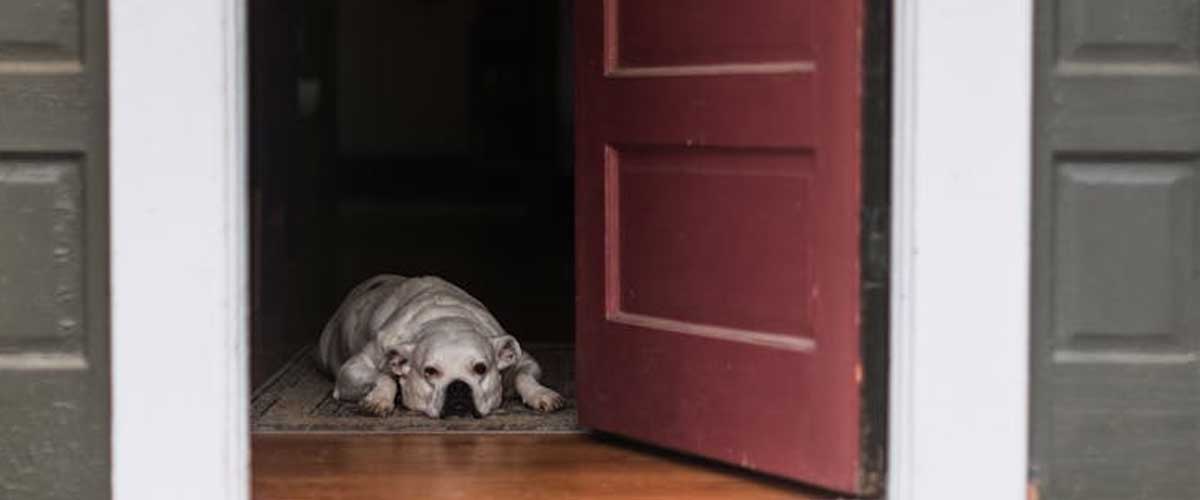As pet owners, we often enjoy the cute antics of our furry companions, but some behaviors can lead to challenges, especially when it comes to managing their manners.
One common issue many dog owners face is their dogs pushing ahead of them through doorways.
While it may seem harmless, allowing this behavior can create problems in your relationship with your dog and even lead to safety concerns.
Here’s why it’s essential to train your dog to wait for you and some strategies to help you achieve this.
Why Doorway Manners Matter
1. Establishing Leadership:
When you allow your dog to push ahead of you, it can create a perception that they are leading the way.
Establishing yourself as the leader in the relationship encourages good behavior and builds trust.
By having your dog wait for you at doorways, you reinforce your role as the one in control.
2. Preventing Excitement and Reactivity:
Dogs can become overly excited when rushing through doorways, which may lead to bolting outside, barking at other dogs or people, or even running into traffic.
Training them to wait can help manage that excitement and foster a calmer, more controlled exit.
3. Promoting Impulse Control:
Teaching your dog to wait fosters impulse control, a critical skill for any well-behaved dog.
This control can translate to other areas of their life, such as waiting for food, toys, or attention.
Training Your Dog to Wait at Doorways
Implementing a training routine to teach your dog proper doorway etiquette can be simple and effective.
Here are some steps you can follow:
1. Start Indoors:
Begin your training in a quiet, low-distraction environment.
Stand in front of a door, and when your dog approaches, ask them to sit.
If they try to push through, gently guide them back and redirect their attention.
2. Use a Command:
Choose a command like “wait” or “stay.”
Once your dog understands the command, enforce it by standing at the door and making them wait for a few seconds before you allow them to exit.
Gradually increase the duration they must wait.
3. Reward Good Behavior:
Positive reinforcement is crucial.
Use treats, praise, or toys to reward your dog when they wait for you.
This will create a positive association with the behavior and encourage them to repeat it.
4. Practice with High Distraction:
Once your dog consistently waits for you at the door in a calm environment, practice in more distracting places, like outside or when they see other people or dogs.
This helps solidify their training.
5. Set Boundaries:
If your dog does push ahead, don’t scold them; instead, calmly bring them back and have them sit again before trying to exit.
Consistency is key, so make sure everyone in your household follows the same rules.
Conclusion
Teaching your dog to wait before passing through doorways is more than just a matter of politeness; it lays the foundation for good behavior and safety in various situations.
By establishing clear boundaries and practicing positive reinforcement, you’ll not only help your dog become more respectful but also strengthen your relationship.
Remember, patience and consistency are vital to successful training.
So next time you approach a doorway with your dog, take a moment to reinforce those good manners—it’s a small yet significant step towards a well-behaved companion!











